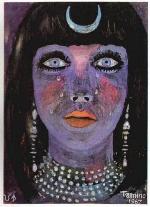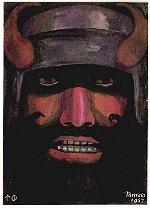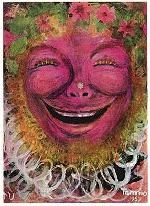
- chapter 4 index -
pg. 1 - In the Wake of Poseidon | pg. 2 - The Devil's Triangle | pg. 3 - Garden of Worm
pg. 4 - World on the Scales
- page index -
Typhon | Osiris | Isis | The Devil's Triangle
site index
Translate from
Garden of Worm







|
|
return to chapter & page index |
|
Sign
the Dreambook
![]() Read
the Dreambook
Read
the Dreambook

|

|

|

|

|

|

|

|

|

|

|

|

|

|

|

|
 |
 |
 |
 |
 |
|
| Works |
Lyrics
& Poems |
Gallery |
Guestbook
Archive |
Links | Discography |
E-mail:
Peter Sinfield Jon Green |
Page One |

 Arachnophilia
Arachnophilia